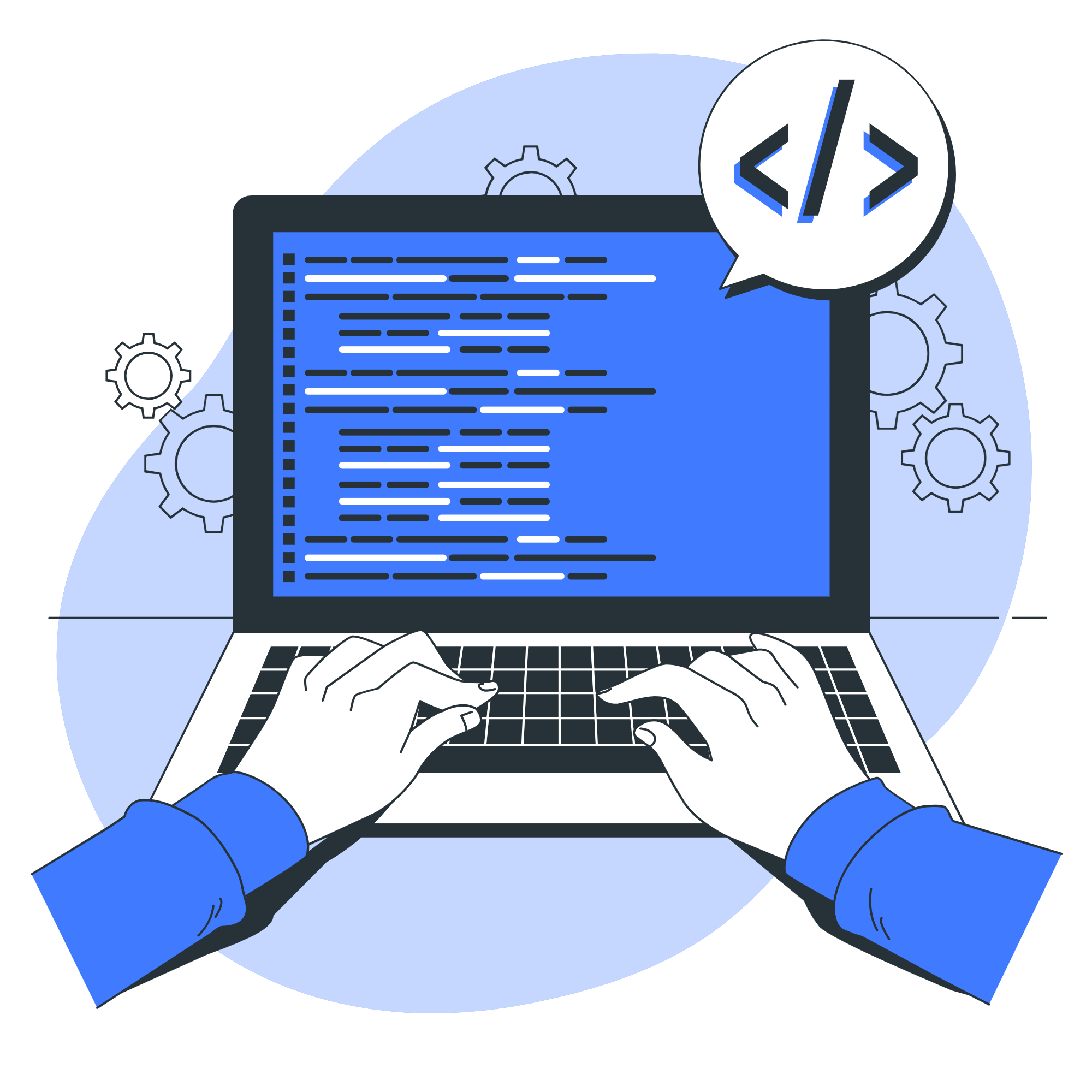What Refactoring Really Means
Refactoring doesn’t mean rewriting your entire app from scratch. It’s a process where developers gradually improve the structure of existing code without changing how it works.
In other words, they clean, organize, and optimize the code so it’s clearer, easier to maintain, and ready for future growth.
The result is a system where bugs are easier to find, new features are implemented faster, and both stability and performance improve — without dramatic overhauls.
How to Know It’s Time to Refactor
Some signs are obvious — yet companies often overlook them in favor of new features and quick wins.
If even your own team struggles to navigate the codebase, if new features take weeks instead of days to build, or if every deployment brings new bugs, those are red flags.
Likewise, when users report slow performance, crashes, or instability, it’s a clear sign that technical debt has been quietly growing under the surface.
An even more critical moment comes when you’re preparing to scale — adding integrations, expanding to new markets, or handling higher traffic.
If you scale on shaky foundations, your problems will only multiply.

How to Refactor Smartly
Refactoring doesn’t have to be a nightmare if done systematically.
It works best as part of your regular development cycle — instead of one massive “cleanup” every few years, do it continuously, in small steps.
Start by focusing on the most problematic parts of the code — those that change often or generate the most bugs.
A strong test suite and a CI/CD pipeline are your best allies, letting you make safe changes without fear of breaking something.
And one more thing: documentation.
Short notes about what changed and why can save countless hours later — especially as your team grows.
How Much Refactoring Costs (and How Much It Saves)
Yes, refactoring takes time and money. But delaying it usually costs far more.
Technical debt behaves like interest — the longer you ignore it, the more it grows.
And when the day comes that you must rewrite your system from scratch, the bill can easily triple compared to what continuous optimization would have cost.
That’s why refactoring isn’t an expense — it’s an investment in your product’s growth and stability.
In the long run, it leads to faster development, fewer bugs, and happier teams and users alike.
RegulusTeam’s Perspective
From our experience, refactoring is rarely a popular topic.
Startups often postpone it because “now’s not the right time” or “we need to focus on new features.”
But timely refactoring often determines whether your product will grow — or collapse under its own weight.
At RegulusTeam, we see refactoring as part of a long-term strategy — not a fix, but a form of prevention.
We help teams build processes that keep code healthy and evolving alongside the product, not against it.
Conclusion
Refactoring isn’t about perfection — it’s about the health of your product.
If your app is slowing down, development takes longer, or your developers are losing their way in the code, it’s better to act sooner rather than later.
Just like maintaining a house — take care of it regularly, and it will never fall apart.
